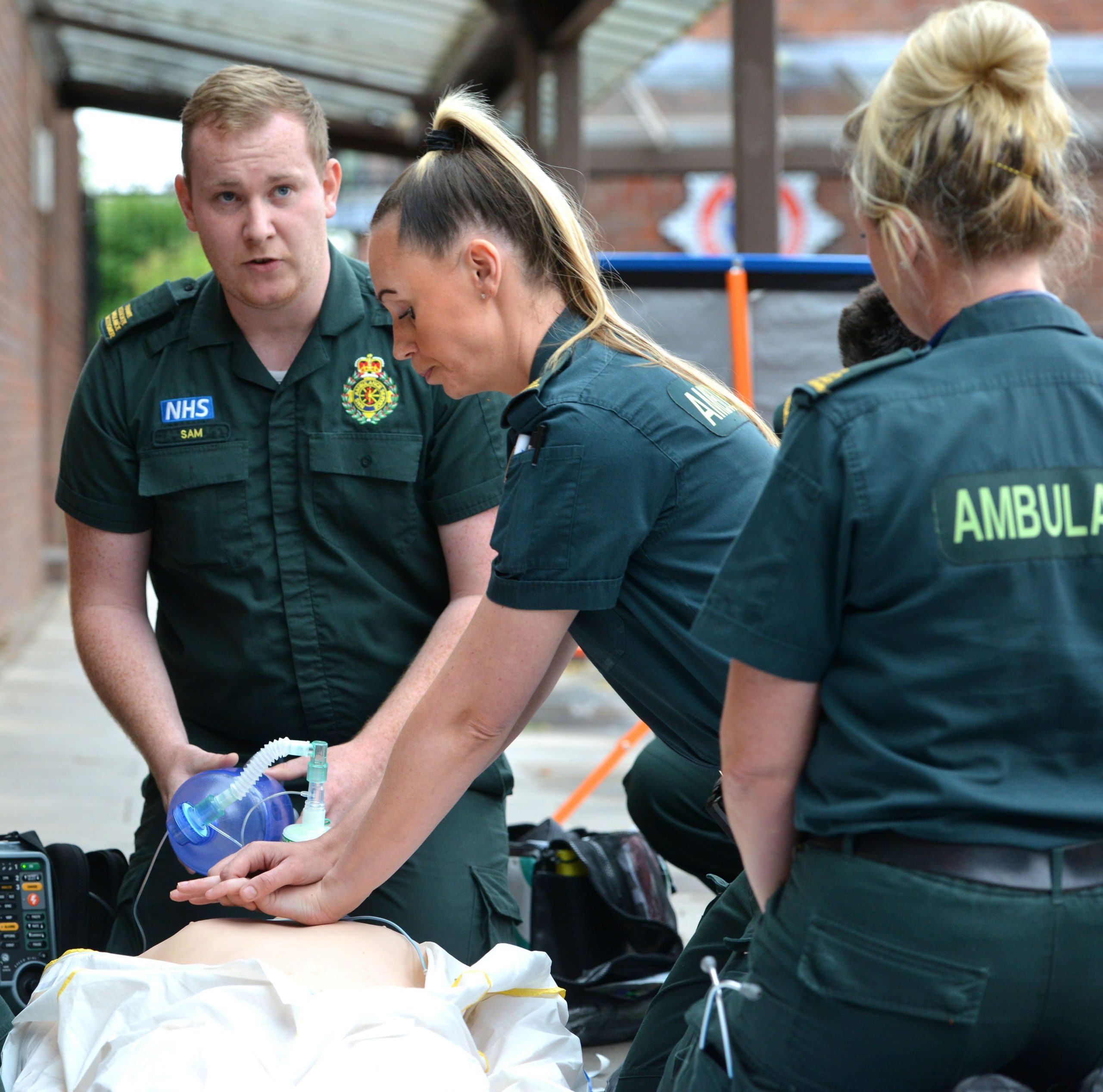Associate Ambulance Practitioner

AAPs are important members of the frontline ambulance service team. They have key roles to play in assessing, treating and managing patients, enabling paramedics to apply their clinical expertise and working as the clinical lead when crewed with Emergency Care Support Workers (ECSWs).
Within SECAmb, the main responsibilities of fully qualified AAPs include:
- Working in a range of urgent, emergency and critical out-of-hospital settings, including within ambulances and patients’ homes;
- Assessing, treating, diagnosing, managing and discharging patients, administering medicines as appropriate, and making referrals to other services, all with appropriate senior clinical support;
- Assessing and advocating for safe and effective patient care through appropriate decision- making, and escalating decision-making to more senior clinicians as appropriate.
Depending on their level of experience, SECAmb AAPs will work with another colleague – a Paramedic, Newly Qualified Paramedic (NQP), Technician, another AAP or an ECSW – in a double-crewed vehicle, responding to patients with conditions ranging from life-threatening illnesses or injuries to other emergency cases to urgent care needs.
What does it take to become an AAP?
All AAPs in training will work under the supervision of an appropriately qualified and experienced colleague at the same level or above for at least 750 hours.
After successfully completing their training course, AAPs will work alongside colleagues of different grades (as above) and will be eligible to apply for a range of further training and development opportunities should they so wish.
What qualifications do I need?
All AAPs will have successfully achieved the FutureQuals Level 4 Diploma for Associate Ambulance Practitioners.
For more information on how to become a SECAmb AAP, take a look at this booklet.